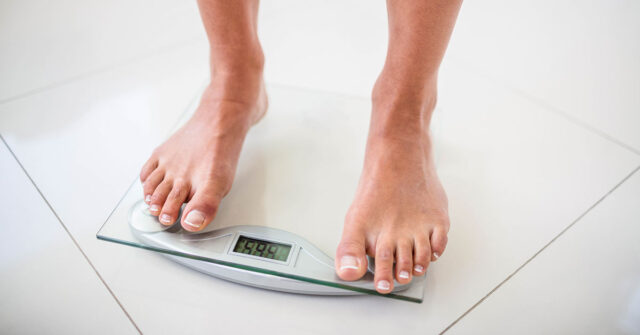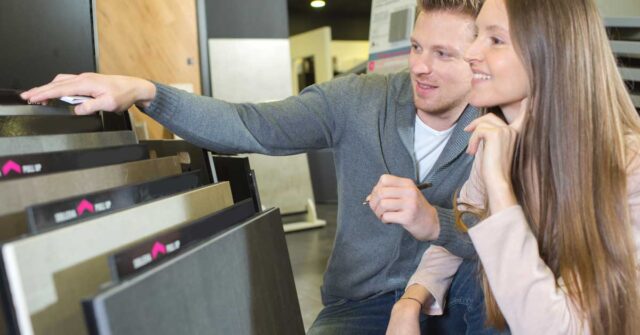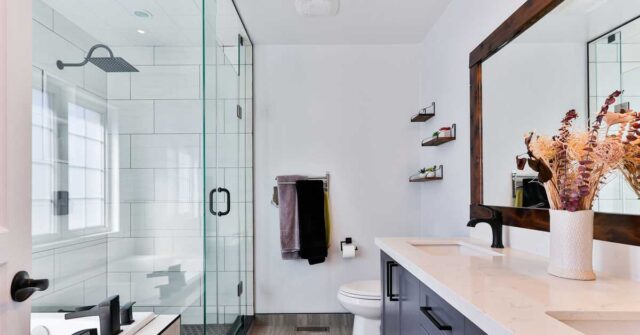Renovating your bathroom with sustainable materials is not just about keeping up with the times; it’s about making better choices for the planet and your home.
This guide explores how to create an eco-friendly bathroom renovation, providing practical advice, inspiring ideas, and actionable tips for Australian homeowners.
Why Choose Sustainable Materials for Bathroom Renovations?
Sustainable materials offer a range of benefits for homeowners and the environment alike.
These materials minimize waste, reduce energy consumption, and often improve the longevity of your renovation.
By choosing eco-friendly options, you can enhance your bathroom’s functionality while contributing to global environmental goals.


The Benefits of Eco-Friendly Renovations
Eco-friendly renovations help reduce utility bills, promote healthier indoor air quality, and decrease reliance on non-renewable resources.
They can also significantly boost the market value of your property, as more buyers seek homes with sustainability in mind.
Environmental Impact of Conventional Materials
Conventional bathroom materials, such as porcelain tiles and synthetic finishes, often require intensive resource extraction and processing, leading to high carbon emissions.
By switching to sustainable alternatives, you can play a part in reducing landfill waste and environmental degradation.
Aligning with Australia’s Sustainability Goals
Australia is a leader in promoting sustainable practices, with initiatives aimed at reducing water usage and supporting recycling programs.
Incorporating sustainable materials in your renovation supports these goals and prepares your home for future environmental regulations.
Key Sustainable Materials for Bathroom Renovations
Choosing the right materials is crucial for creating an eco-friendly bathroom.
Sustainable options provide durability and style while reducing the environmental impact of your renovation. Below are some of the top materials to consider for your project.
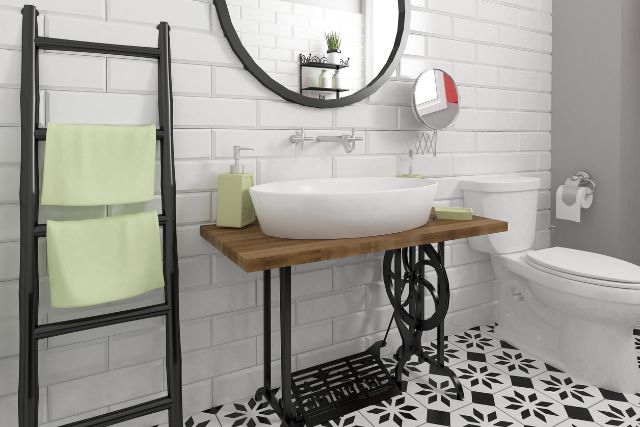

Recycled and Reclaimed Materials
Recycling and reclaiming materials can give your bathroom a unique charm while conserving natural resources.
These materials are often budget-friendly and available locally, making them a practical choice for Australians.
Recycled Glass Tiles
Recycled glass tiles are both beautiful and eco-conscious. They come in a variety of colours and patterns, allowing you to create stunning mosaics while reducing waste.
These tiles are also water-resistant and easy to clean, making them perfect for bathrooms.
Reclaimed Wood
Reclaimed wood adds warmth and character to your bathroom. It can be used for vanities, shelving, or even flooring.
Properly treated reclaimed wood is durable and resistant to moisture, making it a sustainable and stylish choice.
Natural and Renewable Materials
Natural and renewable materials are another excellent choice for sustainable bathroom renovations. These materials regenerate quickly, are often biodegradable, and typically require less energy to produce.


Bamboo Flooring and Accents
Bamboo is a fast-growing, renewable resource that is highly versatile. It is durable, moisture-resistant, and ideal for bathroom flooring, cabinetry, or decorative elements.
Its sleek appearance complements both modern and traditional designs.
Cork Flooring
Cork is another renewable material that offers excellent insulation properties and is naturally resistant to mould and mildew.
It’s soft underfoot, making it comfortable in spaces where you might stand for extended periods, like in front of the sink or shower.
Low-Impact Finishes
Finishes play a significant role in your bathroom’s appearance and indoor air quality. Opting for low-impact finishes reduces harmful emissions while providing long-lasting results.
Low-VOC Paints
Low-VOC (volatile organic compound) paints are better for indoor air quality and the environment.
They produce fewer toxic fumes during application and throughout their lifespan, making them a healthier choice for your bathroom walls and ceilings.
Natural Sealants and Adhesives
Natural sealants and adhesives made from plant-based ingredients are excellent for securing tiles and fixtures without introducing harmful chemicals into your home.
They are strong, durable, and safe for both installers and homeowners.
Energy-Efficient Fixtures
Energy-efficient fixtures are a cornerstone of sustainable bathroom designs. They help reduce electricity consumption while maintaining or even enhancing functionality.
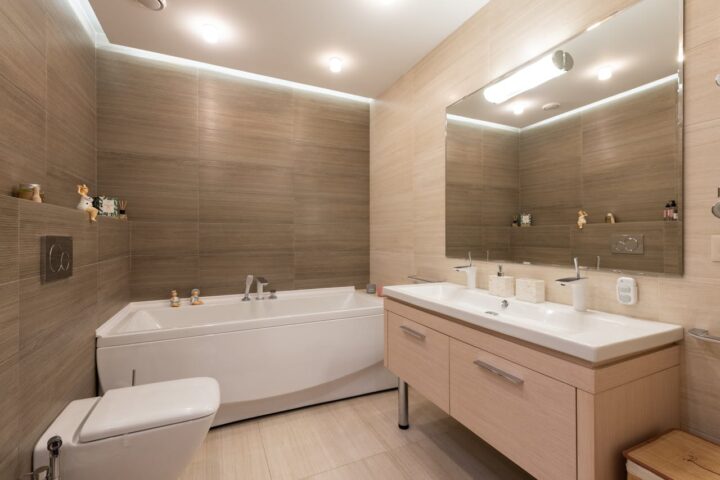

LED Lighting
LED lights use significantly less energy than traditional bulbs and last much longer.
They are available in a range of brightness levels and colour temperatures, making them suitable for everything from task lighting to ambient illumination.
Energy-Saving Ventilation Fans
Ventilation fans with energy-saving technology improve air circulation and reduce humidity while using less power. Look for models with timers or motion sensors for added efficiency.
Water-Saving Solutions
Water conservation is particularly important in Australia due to its arid climate. Incorporating water-saving fixtures into your renovation helps preserve this precious resource while lowering your water bills.
Low-Flow Toilets
Low-flow toilets use less water per flush without sacrificing performance. Dual-flush models provide even greater control, allowing you to choose the water level based on your needs.
Water-Saving Faucets and Showerheads
Modern water-saving faucets and showerheads incorporate aerators to maintain strong water pressure while reducing water usage.
These fixtures are easy to install and make a noticeable difference in water conservation.
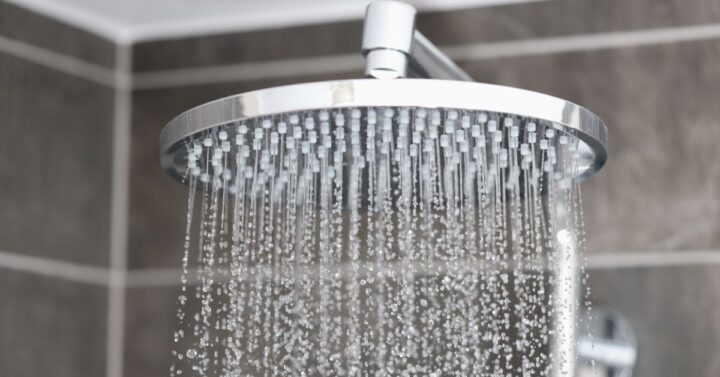

How to Source Sustainable Materials in Australia
Sourcing sustainable materials locally can reduce transportation emissions and support Australian businesses. Here are some tips for finding eco-friendly materials for your bathroom renovation.
Top Suppliers of Eco-Friendly Bathroom Materials
Australia is home to numerous suppliers specialising in sustainable building materials.
Companies like Bunnings, Planet Ark, and local salvage yards offer a wide range of options, from recycled tiles to reclaimed timber.
Finding Locally Sourced Products
Choosing locally sourced products supports the local economy and ensures materials are suited to Australian conditions.
Look for certifications like FSC (Forest Stewardship Council) or GECA (Good Environmental Choice Australia) to verify sustainability claims.
Tips for Assessing the Sustainability of Materials
When selecting materials, consider factors like recyclability, energy usage during production, and durability.
Ask suppliers for documentation or certifications to confirm the environmental impact of their products.
Practical Tips for Eco-Friendly Bathroom Renovations
Making your bathroom renovation eco-friendly doesn’t have to be complicated. These practical tips will help you achieve sustainability without sacrificing style or functionality.
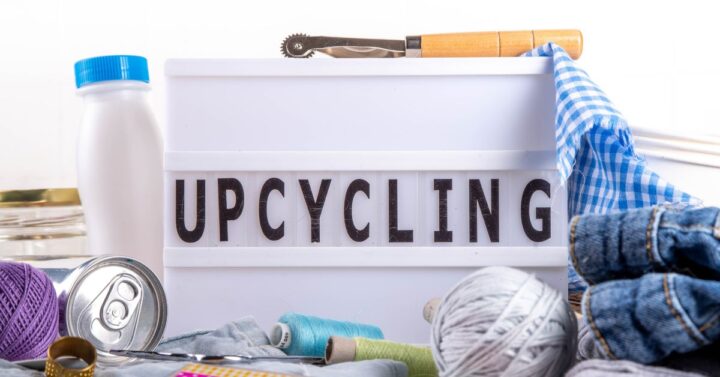

Upcycling Existing Fixtures
Instead of discarding old fixtures, consider upcycling them. For example, a vintage vanity can be repurposed with a new sink, or existing tiles can be cleaned and reused.
Upcycling saves money and reduces waste.
Designing for Energy Efficiency
Good design can significantly reduce energy consumption.
Positioning windows to maximize natural light, installing motion-sensor lighting, and choosing lighter wall colours are all simple ways to improve energy efficiency.
Managing Waste During Renovations
Renovations often generate waste, but careful planning can minimize it. Separate materials for recycling, donate usable items to charities and work with contractors who prioritize eco-friendly practices.
Ensuring the Longevity of Sustainable Materials
Sustainable materials are only as effective as their maintenance.
Regular care, such as sealing wood surfaces or cleaning tiles with eco-friendly products, helps these materials last longer, reducing the need for replacements.
Cost Considerations for Sustainable Bathroom Renovations
One common misconception about sustainable renovations is that they are prohibitively expensive.
While some materials may have a higher upfront cost, the long-term savings and benefits often outweigh the initial investment.


Are Sustainable Materials More Expensive?
Some sustainable materials, like bamboo or recycled glass, may cost more than their conventional counterparts.
However, this difference is often offset by lower maintenance costs and increased durability. Additionally, local suppliers and reclaimed options can make eco-friendly choices more affordable.
Long-Term Savings with Eco-Friendly Choices
Sustainable renovations can lead to significant long-term savings.
Water-saving fixtures reduce utility bills, energy-efficient lighting cuts electricity costs, and durable materials reduce the frequency of repairs or replacements.
Over time, these savings can add up, making eco-friendly renovations a financially sound decision.
Budgeting for a Sustainable Bathroom Remodel
To keep your renovation within budget, prioritise materials and features that provide the greatest environmental and financial benefits.
Start with water-saving fixtures, energy-efficient lighting, and reclaimed materials. Consider spreading out upgrades over time if the initial cost is a concern.
Inspiring Examples of Sustainable Bathroom Designs
Looking for inspiration? These examples showcase how sustainable materials can create stunning and functional bathroom spaces.
From rustic aesthetics to modern minimalism, eco-friendly designs suit every taste.
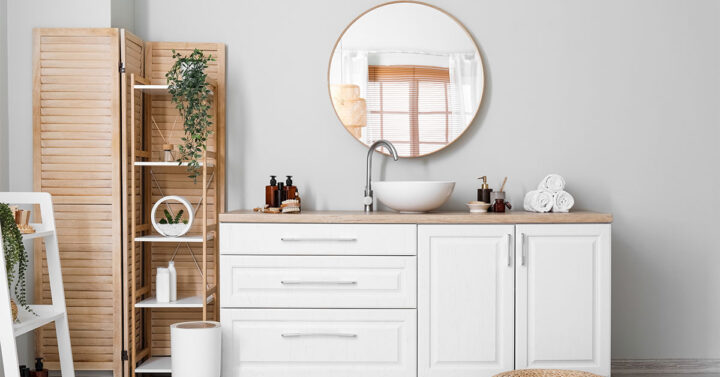

Minimalist Designs Using Recycled Materials
A minimalist bathroom with sleek recycled glass tiles and polished concrete flooring exudes modern elegance.
Complement these elements with energy-efficient lighting and water-saving fixtures for a cohesive, sustainable look.
Rustic Bathrooms with Reclaimed Wood
Reclaimed wood brings warmth and character to a rustic bathroom. Use it for vanities, shelving, or even wall panelling. Pair it with natural stone or recycled metal fixtures for a harmonious design.
Modern Eco-Friendly Bathroom Aesthetics
For a contemporary feel, combine bamboo accents with low-VOC paint in neutral tones. Add LED strip lighting and frameless glass shower screens for a clean, open look.
These elements create a bathroom that is both stylish and sustainable.
FAQs About Sustainable Bathroom Renovations
Got questions? Here are some frequently asked questions about sustainable bathroom renovations and their answers to help you make informed decisions.


What Makes a Material Sustainable?
Sustainable materials are those that minimise environmental impact.
This includes recycled, reclaimed, or renewable resources, as well as materials produced with low energy consumption or certified for ethical practices.
Can Sustainability Be Achieved on a Budget?
Absolutely! Many affordable options, like upcycling existing fixtures, using reclaimed wood, or choosing energy-efficient lighting, can make a significant difference without breaking the bank.
Planning and prioritising key changes can maximise your renovation’s sustainability within your budget.
How Do Sustainable Bathrooms Improve Home Value?
Sustainable bathrooms appeal to eco-conscious buyers and often reduce utility costs, making them a valuable selling point.
Additionally, durable materials and thoughtful designs ensure longevity, which is attractive to potential homeowners.
Conclusion
Sustainable bathroom renovations are an investment in both your home and the planet.
By choosing eco-friendly materials, energy-efficient fixtures, and thoughtful designs, you can create a bathroom that is functional, stylish, and environmentally responsible.
Whether you’re working with a large budget or making small, meaningful changes, every step toward sustainability matters.
Start your journey today and enjoy the benefits of a greener, smarter bathroom for years to come.


